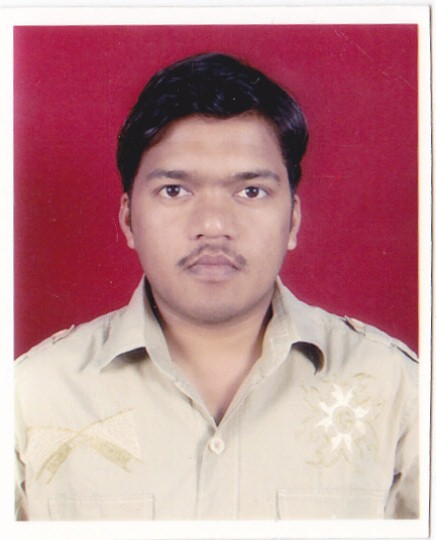Part A :
Statistics for Economics
Unit 1: Introduction
Ø
What is Economics?
Ø
Meaning, scope and importance of statistics in
Economics
Unit 2: Collection, Organisation and Presentation of data
Ø
Collection of data - sources of data - primary
and secondary; how basic data is collected; Methods of collecting data; Some
important sources of secondary data: Census of India and National Sample Survey
organisation.
Ø
Organisation of Data: Meaning and types of
variables; Frequency Distribution.
Ø
Presentation of Data: Tabular Presentation and
Diagrammatic Presentation of Data: (i) Geometric forms (bar diagrams and pie
diagrams), (ii) Frequency diagrams (histogram, polygon and ogive) and (iii) Arithmetic
line graphs (time series graph)
Unit 3: Statistical Tools and Interpretation
Ø
Measures of Central Tendency- mean (simple and
weighted), median and mode
Ø
Measures of Dispersion - absolute dispersion;
relative dispersion; Lorenz Curve: Meaning and its application.
Ø
Correlation - meaning, scatter diagram;
Measures of correlation - Karl Pearson’s method, Spearman’s rank correlation.
Ø
Introduction to Index Numbers - meaning, types
- wholesale price index, consumer price index and index of industrial
production, uses of index numbers; Inflation and index numbers.
Ø
Some Mathemetical tools used in Economics :
Equation of a line, stope of a line, stope of a curve.
Unit 4: Developing Projects in Economics
Ø
The students may be encouraged to develop
projects, which have primary data, secondary data or both.
Part B:
Indian Economic Development
Unit 5: Development
Policies and Experience:
Ø
A brief introduction of the state of Indian
economy on the eve of independence.
Ø
Common goals of Five Year Plans.
Ø
Main features, problems and policies of
agriculture (institutional aspects and new agricultural
Ø
strategy, etc.), industry (industrial
licensing, etc,) and foreign trade.
Unit 6: Economic Reforms since 1991:
Ø
Need and main features - liberalisation,
globalisation and privatisation;
Ø
An appraisal of LPG policies
Unit 7: Current challenges facing Indian Economy:
Ø
Poverty- absolute and relative; Main
programmes for poverty alleviation: A critical assessment;
Ø
Rural development: Key issues - credit and
marketing - role of cooperatives; agricultural diversification; alternative
farming - organic farming Human Capital Formation: How people become resource;
Role of human capital in economic development; Growth of Education Sector in
India, Employment: Formal and informal, growth and other issues: Problems and
policies.
Ø
Inflation : Problems and Policies
Ø
Infrastructure: Meaning-and Types: Case
Studies: Energy and Health: Problems and Policies- A critical assessment;
Ø
Sustainable Economic Development: Meaning,
Effects of Economic Development on Resources and Environment, including global
warming.
Unit 8: Development Experience of India:
Ø
A comparison with neighbours: India and
Pakistan, India and China
Ø
Issues: growth, population, sectoral
development and other developmental indicators.
